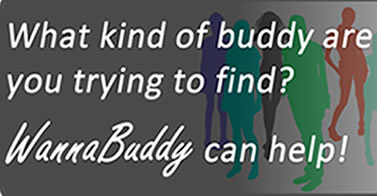Many people are on a low sodium diet on the advice of their doctor. Low sodium really means low salt, since most of our sodium intake is delivered as table salt. People typically cut back on their sodium intake because of high blood pressure or fluid accumulation in their extremities. Modern life, with the popularity of prepared foods, makes following a low sodium diet very difficult. Here are some strategies that help.
Sodium is essential to life. Our body uses sodium for many functions, including blood pressure moderation, the firing of our nerve cells, and maintaining the proper balance of fluids in our cells and soft tissues. However, most of us consume many times the amount of salt necessary to provide adequate sodium levels.
A low sodium diet is generally defined as consuming less than 2,000 milligrams (mg) of sodium per day. Benefits of eating a low sodium diet include reducing blood pressure, enhancing the effectiveness of high blood pressure medications, reducing the risk of a stroke, reversing heart enlargement, and reducing the chance of kidney stones and osteoporosis.
Why do we consume so much sodium? Just one teaspoon of salt contains 2,300 mg of sodium, so it adds up fast. Americans typically eat about five teaspoons of salt a day, far more than what is healthy. Most packaged or processed foods, especially smoked or cured meats and canned entrees are high in sodium.
Sodium also pops up in unexpected places, like cottage cheese, San Pelegrino sparkling water and Alka Seltzer. Many water softeners remove iron from drinking water by adding salt. The only way to be sure how much sodium is in what you are eating is to read the label. Happily, the Federal government mandates clear labels on packaged foods that lists sodium content. Be sure to consider the serving size on the label. To my surprise, some of my favorite foods contain far more servings on the label than I ever accomplished at home!
There are good alternatives to that handy salt shaker. Many experts guide low sodium newcomers away from specialty seasonings and suggest using the herbs and spices that most people have on hand already. Eating fresh fruits and vegetables is a great way to shift your diet away from processed food and the associated salt. Try not to add salt while cooking, and be sure to taste your food before you reach for the salt.
Over a short period of time most people find that they need less and less salt yet they continue to enjoy their food. Now is the time to explore those spices gathered in the back of the cupboard! Experiment with pepper, garlic, cumin, paprika, curry and cinnamon. Celebrate the various ways to prepare potatoes and rice, maybe with a nice broiled salmon or chicken breast.
If you are dining out, ask that your food be prepared without additional salt. Try to avoid hard cheeses, croutons, and bacon bits on your salad, and (of course) ask for your low sodium dressing on the side. Avoid fast food to the degree possible. Their food is loaded with salt!
With a little care and creativity, you can adjust your habits (and recipes) so that your sodium intake is much lower without sacrificing flavor or variety. So get in the kitchen start cooking!






No comments:
Post a Comment